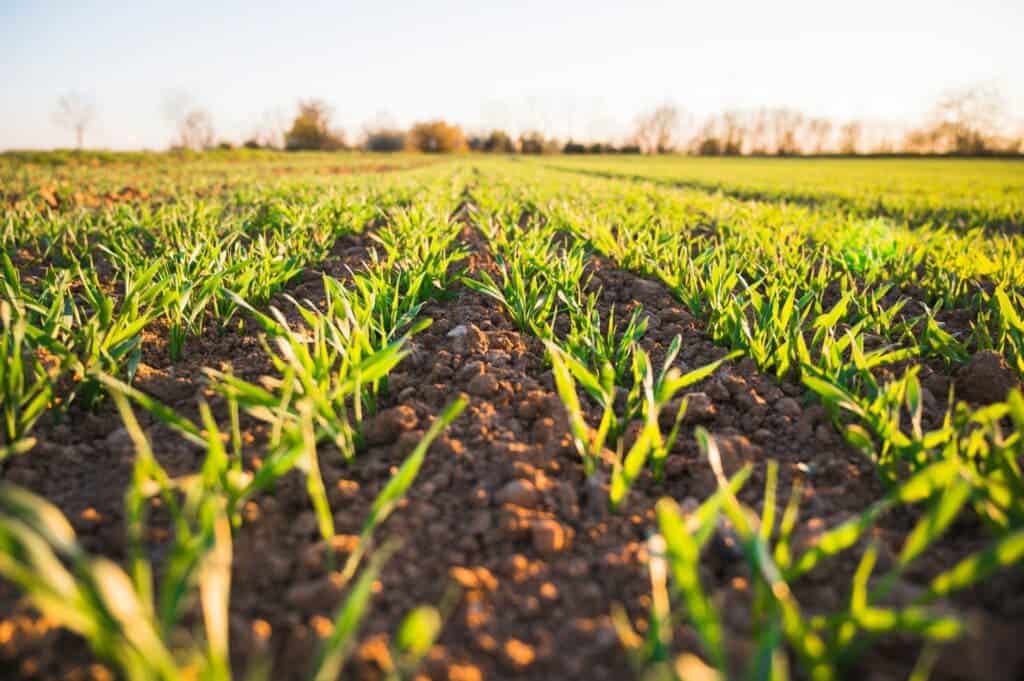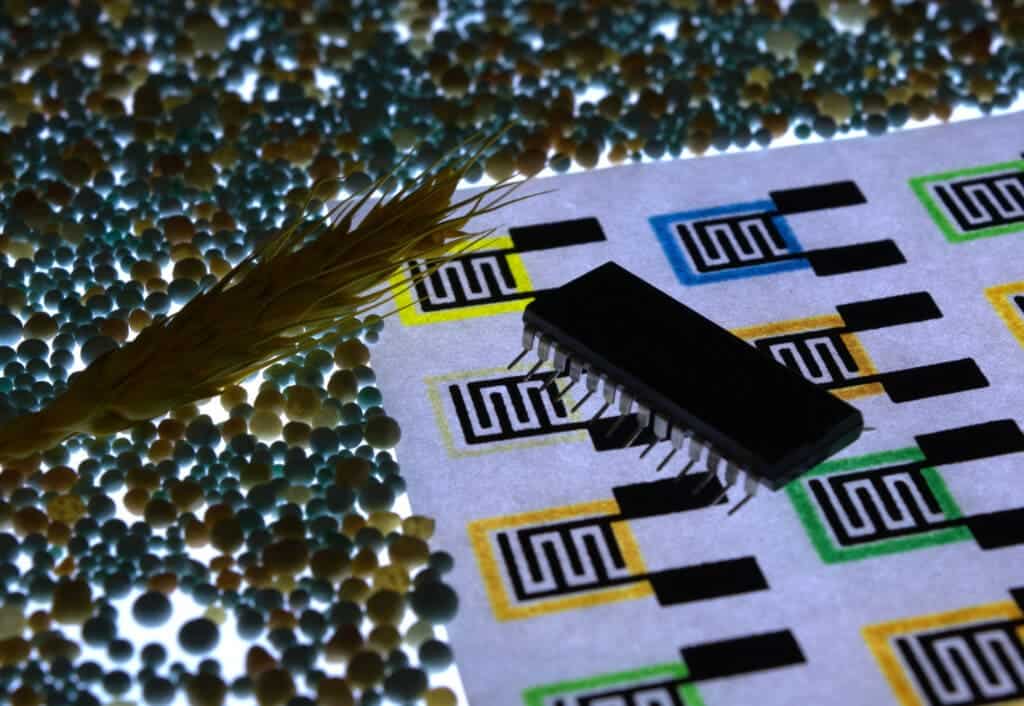The overuse of fertilizer is one of the biggest environmental problems you never hear about. Fertilizers are generally regarded as very useful in agriculture, but overuse of inorganic fertilizers can also cause runoff and erosion, as well as soil and water contamination. A whopping 12% of once-arable land worldwide is now unusable because of overfertilization, and the use of nitrogen-based fertilizers has risen 600% in the past 50 years. Excess nitrogen is also a very potent greenhouse gas, 300 times more powerful than carbon dioxide.
This can turn into a very problematic issue for farmers: too much fertilizer and you degrade and pollute the soil; too little and you risk a poor yield. Optimizing fertilizer usage is a challenging problem, and while sensors do exist, they tend to be expensive. This is where the new sensor comes in — based on a machine learning algorithm, it can not only measure, but also predict how much nitrogen the soil has and whether more fertilization is needed.

The sensor, called “chemically functionalised paper-based electrical gas sensor” or chemPEGS measures the levels of ammonium in the soil — the compound that bacteria turn into nitrogen compounds. Then, the machine learning algorithm kicks in, combining this level with weather data, time since the last fertilization, soil pH, and conductivity. It then uses all this data to predict how much nitrogen the soil will have up to 12 days in the future, telling the farmer the optimal time for fertilization.
The sensor itself is low-cost, it’s the algorithm inside it that does the heavy lifting. This type of invention is what’s necessary to address the complex and pressing problem of over-fertilizing, says lead researcher Max Grell, who co-developed the technology at Imperial College London’s Department of Bioengineering:
“It’s difficult to overstate the problem of overfertilisation both environmentally and economically. Yields and resulting income are down year by year, and growers don’t currently have the tools they need to combat this.
“Our technology could help to tackle this problem by empowering growers to know how much ammonia and nitrate are currently in soil, and to predict how much there will be in the future based on weather conditions. This could let them fine-tune fertilisation to the specific needs of the soil and crops.”

The researchers have currently developed a working prototype. They expect chemPEGS and underlying AI technology to be sold commercially within 3-5 years. Senior author and principal investigator Firat Guder, from Imperial’s Department of Bioengineering, concluded by saying it’s high time we :
“Much of our food comes from soil – a non-renewable resource which we’ll lose if we don’t look after it. This, combined with nitrogen pollution from agriculture, presents a conundrum for the planet – one that we hope to help tackle with precision agriculture.
The study has been published in Nature Food.









